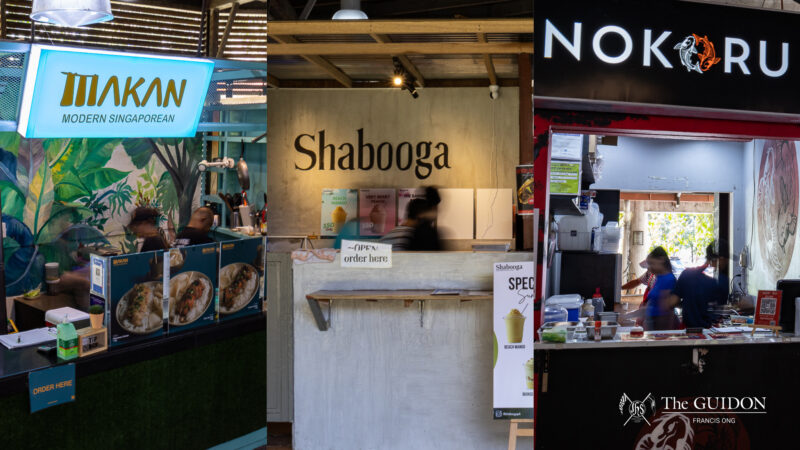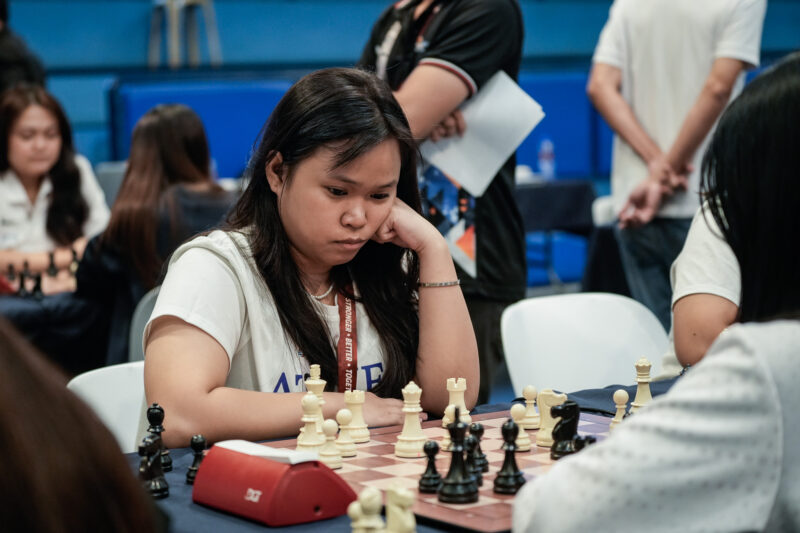“YOU ARE ready for May 10, 2010.”
This was written at the end of the ballots for iVote, the Loyola Schools’ (LS) multi-sectoral elections.
iVote is a mock election aimed at preparing members of the LS for the upcoming national elections on May 10. In iVote, LS members voted for a president, vice president, 12 senators and a party list.
All LS members, including students, administrators, faculty members and staff, were invited to vote, even those who failed to register for the May elections.
According to Sanggunian Secretary-General Kacci Morales, iVote was organized so that members of the LS would be able to experience what voting would be like in the actual elections.
The exact process of the actual elections was imitated in iVote. “We copied the exact ballots and [we have a] fake PCOS (Precinct Count Optical Scan) machine,” said Sanggu President Gio Tingson. A box represented the PCOS machine.
iVote is a collaboration between the Ateneo Task Force 2010 and the Political Science department. It began on February 11 in various voting stations situated on campus.
Gearing up for May 10
Office of Student Activities Director Chris Castillo said that he sees two benefits of iVote. “On a personal level, it will give [one] a certain awareness of what [one] will experience [in the actual elections] especially with the computerized system … Second, [it’s] interesting to know [which candidate] the Loyola Schools chooses.”
Castillo said that iVote made him realize that he doesn’t know a lot of senators. “It helped me prepare more for what will happen in May.”
This is also what freshman Monica Carmeli Martinez felt. “I just voted for five senators because I don’t know them all. I can’t vote for someone I don’t know.”
However, Morales clarified that the main point of iVote is to simulate the actual voting experience and not merely to know which candidates they prefer.
“We just don’t want to know the choice of Ateneo. If that’s the case, we degrade it. There are processes… Discerning, that’s what’s important,” Morales said in Filipino.
Castillo added, “Of course the results can be read in very many ways [but] we don’t want to influence people.”
Morales also said that iVote allows Sanggu to gauge the success of the political fair held three days prior. “If more of [the students] voted than what we expected, then, [it’s] possible [that] the political fair is okay,” she added.
The political fair was a three-day event where different candidates installed campaign booths in Ateneo. [See Candidates come…]
Reaching the quota
Sanggu also introduced mobile voting as a way to participate in iVote. According to Tingson, a group of Ateneo Celadon members approached Sanggu and proposed voting through mobile phones
Tingson explained that people could go to the poll station at the cafeteria atrium and the facilitators could send them the list of the candidates and the format of voting via Bluetooth. After receiving the list and the format, LS members could send their votes though a text message.
Tingson added that mobile voting could also help the organizers reach the quota which is 15 to 20 percent of the total population of the LS community, inclusive of students who are not yet of voting age.
As of press time, iVote is ongoing.






